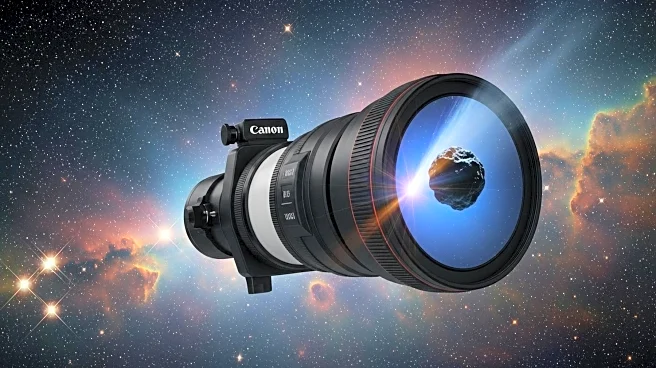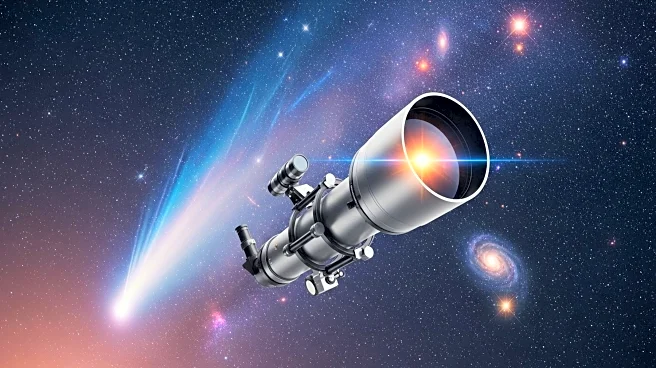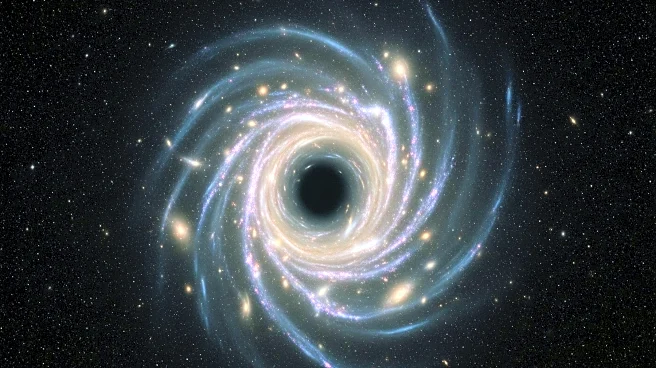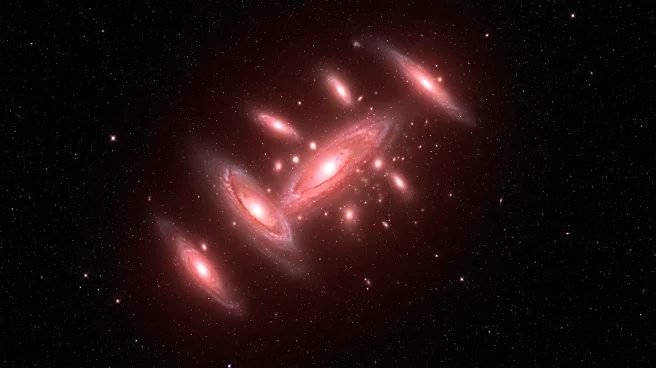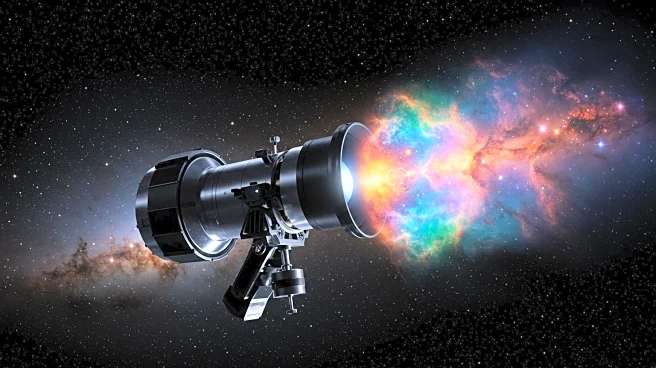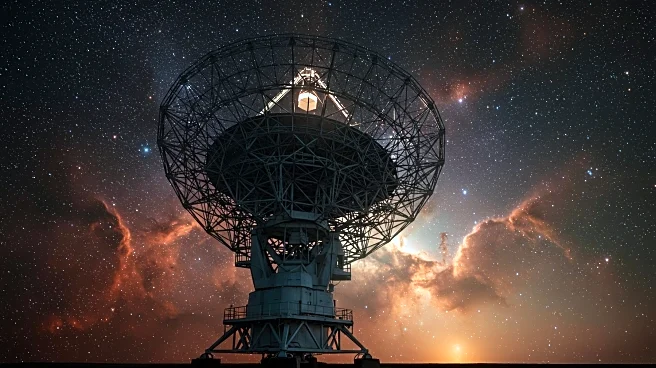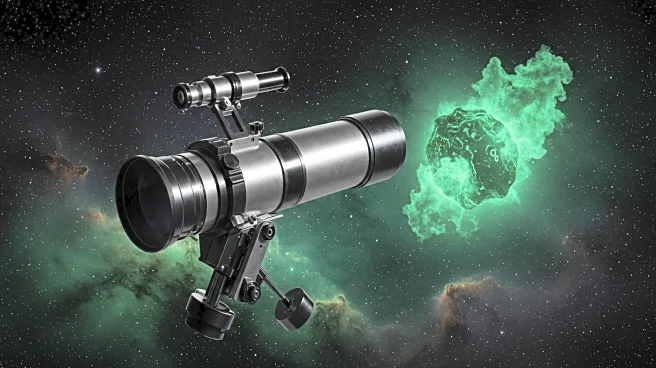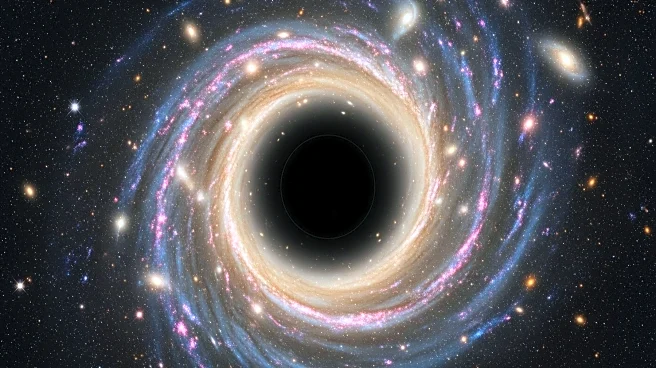What's Happening?
The James Webb Space Telescope has conducted its first observations of the interstellar comet 3I/ATLAS, revealing a high ratio of carbon dioxide to water in its coma. This unexpected finding suggests the comet may have formed in a region with high radiation exposure or within a specific site in its protoplanetary disk. The observations, conducted using the NIRSpec instrument, aim to understand the comet's chemical makeup and its implications for the conditions in its original star system.
Why It's Important?
The study of 3I/ATLAS provides insights into the formation conditions of comets in other star systems, offering a comparative analysis with the solar system's early environment. The high carbon dioxide content could indicate unique formation processes, contributing to our understanding of interstellar objects. These findings enhance our knowledge of cometary composition and the diversity of celestial bodies, potentially informing future research on interstellar visitors.
What's Next?
Further observations of 3I/ATLAS will continue as it travels through the solar system, with the JWST playing a key role in uncovering its secrets. Researchers will analyze the comet's trajectory and composition to gain insights into its origin and evolution. The study may lead to new theories about interstellar comet formation and the conditions in distant star systems.
